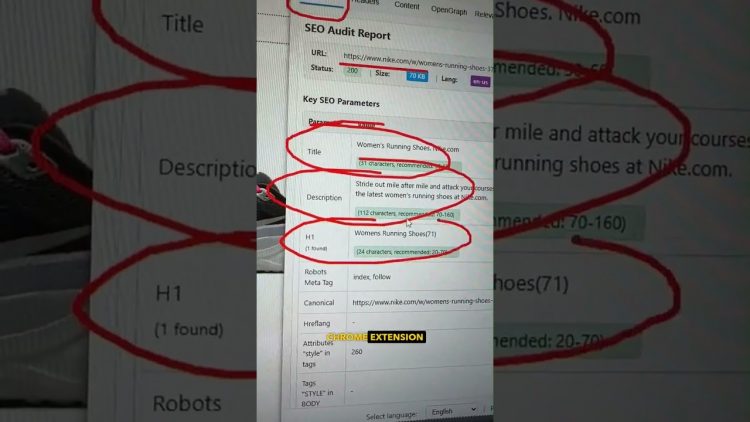To allow all of the above to happen, Russell advises that managers give people enough time for delegation and managing tasks properly. “Those grads I mentioned earlier probably thrive by being thrown in the deep end, but not everyone is like that. Some people have confidence issues, or imposter syndrome, or are dealing with things that are making challenges at work that much harder,” says Russell.
SEO Basics: Recap and next Steps
- Your first task is to come up with the seed keywords – phrases you’ll use as the stepping stone to finding more keyword ideas.
- If your business appears at the top of Google’s search results, more people will know about your business, and you’ll likely get more customers.
- In fact, the vast majority of sites listed in our results are found and added automatically as we crawl the web.
- To succeed in SEO, you first need to understand how search engines operate.
- In this guide, you’ll learn what SEO is, discover a strategy to build your online presence — Search Engine Optimization (SEO) — and what you must do to position your site in search engine results.
In general, you likely want to wait a few weeks to assess whether your work had beneficial effects in Google Search results. There are two types of optimization and both are essential to get your website ranked. These two types are on-page optimization and off-page optimization. Google’s AI-driven search results like AI Overviews mean that traditional SEO tactics are no longer enough.
Data is everywhere in SEO, from visitor analytics to keyword research, and especially link building. Your most important data is going to come from your website itself. To this end, we recommend making sure you have the following data sources set up. We cannot emphasise the importance of relevant content enough when it comes to SEO. This is probably the most important criterion of all when it comes to improving your search rankings. Backlinks basically mean the links from other websites in your niche that direct traffic to your website.
The search engine optimization process involves optimizing each of these core components of search engine algorithms in order to rank higher in the search results. Search results are presented in an ordered list, and the higher up on that list a site can get, the more traffic the site will tend to receive. For example, for a typical search query, the number one result will receive 40-60% of the total traffic for that query, with the number two and three results receiving significantly less traffic.
Identifying Keyword Opportunities
Use images, from screenshots to graphics to stock photos, to meet search intent and optimize the user experience. Optimize your images with short, descriptive filenames and alt text. Then, compress them before uploading them to your site with a free tool like Squoosh. Create informational meta descriptions for your content by following similar best practices. For example, answer your target keyword’s search intent and incorporate your target keyword.
This involves optimizing your website’s technical elements and structure. Those ranking factors form the basis for successful SEO strategies. They guide you in enhancing your website and content to increase visibility. Understanding how search engines work and staying attuned to the factors influencing their processes can help you adapt your SEO strategy as search algorithms evolve. Like almost any other profession, you need to be equipped with the right tools in order to succeed.
Let’s finish off with some SEO strategies, best practices, and tips to help you get the most out of your time. You can refer to our more in-depth how-to on keyword research here. Image SEO relies heavily on technical and on-page optimizations while local SEO is more about off-page and on-page optimizations. People are searching for any manner of things both loosely and directly related to your business. These are all opportunities to connect with these BHS Links people, answer their questions, solve their problems, and become a trusted resource for them. Set the time range to the latest full month and check the “Organic Search” row to see how many visits your site got from search.







